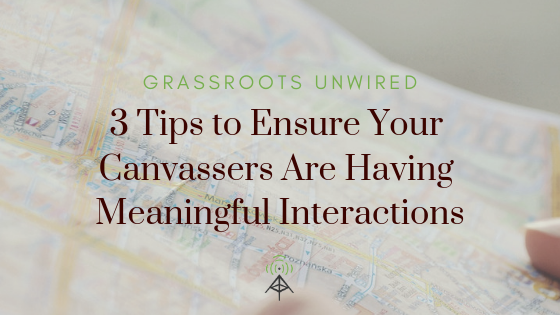6 Ways to Make Your Nonprofit Website a Tool for Advocacy
Your nonprofit is motivated by a powerful mission and a drive to help your community succeed. Nonprofit advocacy comes into play when your organization uses its influence and resources to advance and support important societal causes on a systemic scale.
Along with bringing awareness, nonprofit advocacy encourages supporters and other community members to take action. Today, modern advocacy thrives online, making your nonprofit website a vital tool for conducting advocacy campaigns.
Donor Management Software for Nonprofits: 3 Considerations
In today’s landscape, advancements in technology for nonprofits are constantly offering new and different ways to help charitable organizations succeed. With so many options out there, it’s important not to forget about the foundational software upon which the rest of your tech stack should be built: donor management software.
If that doesn’t sound familiar, it’s probably because you’ve heard donor management software referred to by one of its other names—maybe “nonprofit CRM” or “donor database.” They all refer to the same tool: the platform that serves as your directory for donor data and the hub through which you interact with donors.
Here at GivingMail, we design and implement direct mail fundraising campaigns for organizations big and small, so we’re well-acquainted with nonprofits’ need to keep track of their donors’ information for fundraising purposes.
Over the years, we’ve learned a thing or two about nonprofit database software. And we can tell you this: the best donor management software providers have three things in common. They increase donor retention rates, facilitate peer-to-peer fundraising, and produce valuable data metrics for your organization.
How to Use The Google Grant for Nonprofit Advocacy
Nonprofits are unique in that they often mobilize funds and people towards social goods. In order to achieve their goals, nonprofits must utilize various aspects of advocacy in order to reach a wider audience and get them to take action. Advocacy is the process of raising awareness and generating support for an issue related to a nonprofit’s mission. Advocacy often directly involves the work of a nonprofit organization, but can also be adjacent to the mission of the organization. For example, an animal welfare nonprofit’s day-to-day operations may not involve much advocacy. But there may be times when they need to lobby an elected official or raise awareness of something in their community.
Advocacy can take many forms, but it’s efficient for nonprofits to use their existing tools to aid their advocacy efforts. One of the most effective tools for gaining greater awareness for your advocacy efforts is the Google Grant which provides 501(c)(3) nonprofits with $10,000/month of credit to spend on Google Ads in search results. Using the Google Ad Grant is an excellent way for nonprofits to enhance their existing marketing efforts and bolster their advocacy campaigns as well.
3 Reasons to Invest in Strategic Volunteer Training
The best training for volunteers is strategic. This might make sense from a birds-eye view, but what does it mean, exactly, for your cause?
It means that your volunteers are a critical component of your team and that their tireless efforts help you drive your mission forward. It means that without them, you likely wouldn’t be able to sustain effective and cost-efficient operations. It means that your volunteers should be well-equipped with the tools and resources they need to help, and that you should not neglect their training in pursuit of bigger and better things.
At Nonprofit Courses, we work to provide free and low-cost volunteer training programs to set your supporters—and your organization—up for long-term success. In case you’re still not convinced, here are three key reasons to invest in strategic volunteer training:
- Strategic volunteer training creates leaders.
- Strategic volunteer training provides context.
- Strategic volunteer training equips ambassadors.
Are you ready to learn more about the importance of volunteer training programs and the range of benefits they can bring to organizations like yours? Let’s jump in.
Read More
How to Spend Your P2P Event Advertising Budget
Let’s be honest, your advertising budget for your peer-to-peer event is never as big as you would like or even need it to be. That’s why collecting data around what ad method is most successful in getting individuals to participate in your event is imperative to ensure you are spending your advertising dollars where it truly counts!
Employee Spotlight: Stephanie Guzmán
Stephanie Guzmán is Grassroots Unwired’s Designer/UX/Project Manager. Read more to learn about her first few months on the team and her insights on user experience, young graduate life adjustment, and Amish Market pretzel logs.
Improve Participant Retention
As you know, keeping a participant involved in your peer-to-peer events year over year isn’t always easy. But by adding mobile technology to the day of your event, it can be! We find that by creating a smoother and more efficient day-of experience, you can create a lasting impression and ensure higher participant retention rates.
Use Mobile Technology to Create a Positive Experience from the Start
Here’s how you can use mobile technology to create a positive experience from the start, leaving participants with a positive impression that lasts:
Event Day Donor Retention
What is your strategy for using a peer-to-peer event to grow your donor base? Do you have a protocol to engage and retain first-time participants? Or do the majority of these people end up being “one and done” – engaged for the day but not for the future? In our experience, we’ve found that organizations often feel forced to choose the latter.
[Guest Post] Got Technology Blind Spots? Ask These 8 Questions Before the Demo!
Choosing a new software platform for your nonprofit can cause lots of stress. But, in my experience, there’s one part of the process that especially makes nonprofit accidental techies freak out a little bit.
There are three key phases to choosing a new software platform:
Canvassers Interactions – 3 Tips
Whether door-to-door fundraising or advocacy work, it is imperative that your canvassers have the tools they need to engage subjects and keep the conversation moving forward. If your canvassers fail to engage potential supporters, your run the risk of not meeting your orgs. goals. Here are 3 tips to ensure your canvassers are having meaningful, on-point conversations and gathering the information you need to succeed:
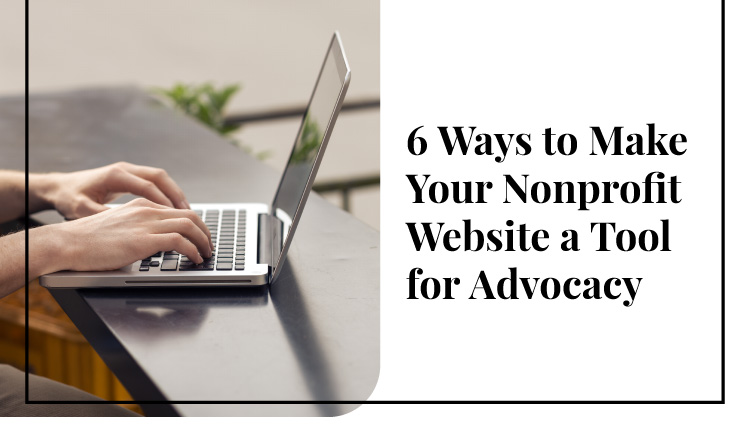
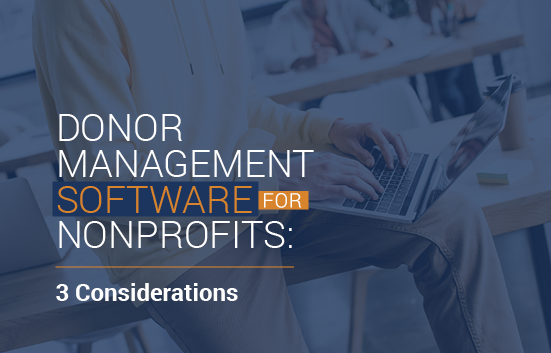
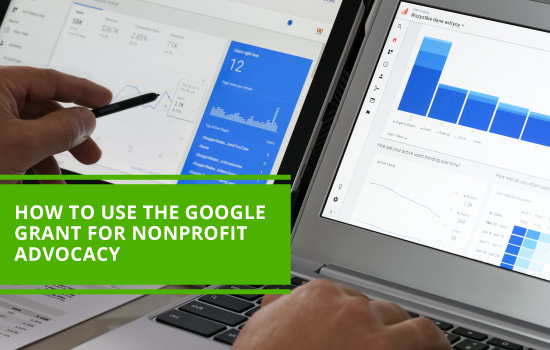
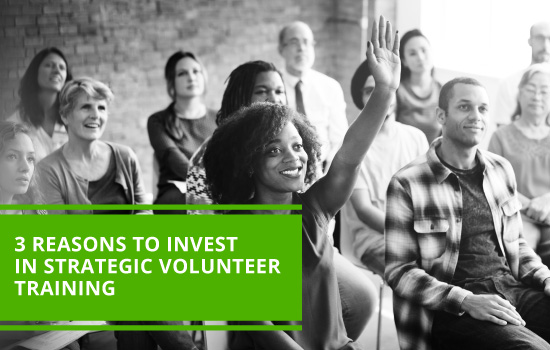

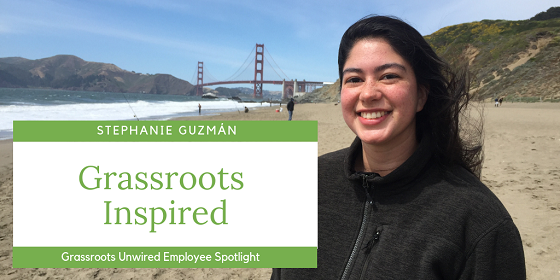
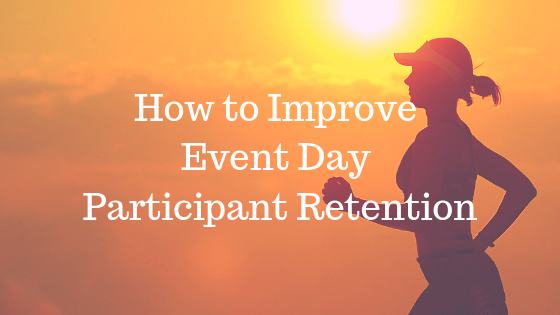
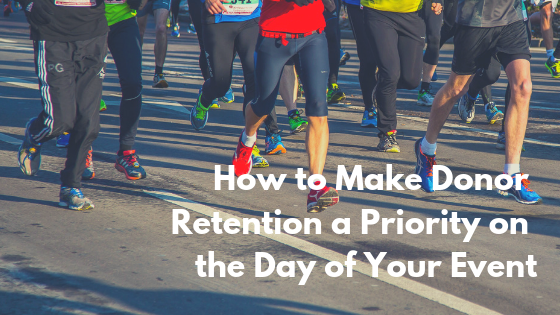
![[Guest Post] Got Technology Blind Spots? Ask These 8 Questions Before the Demo!](https://www.grassrootsunwired.com/media/blog-post-website.png)
